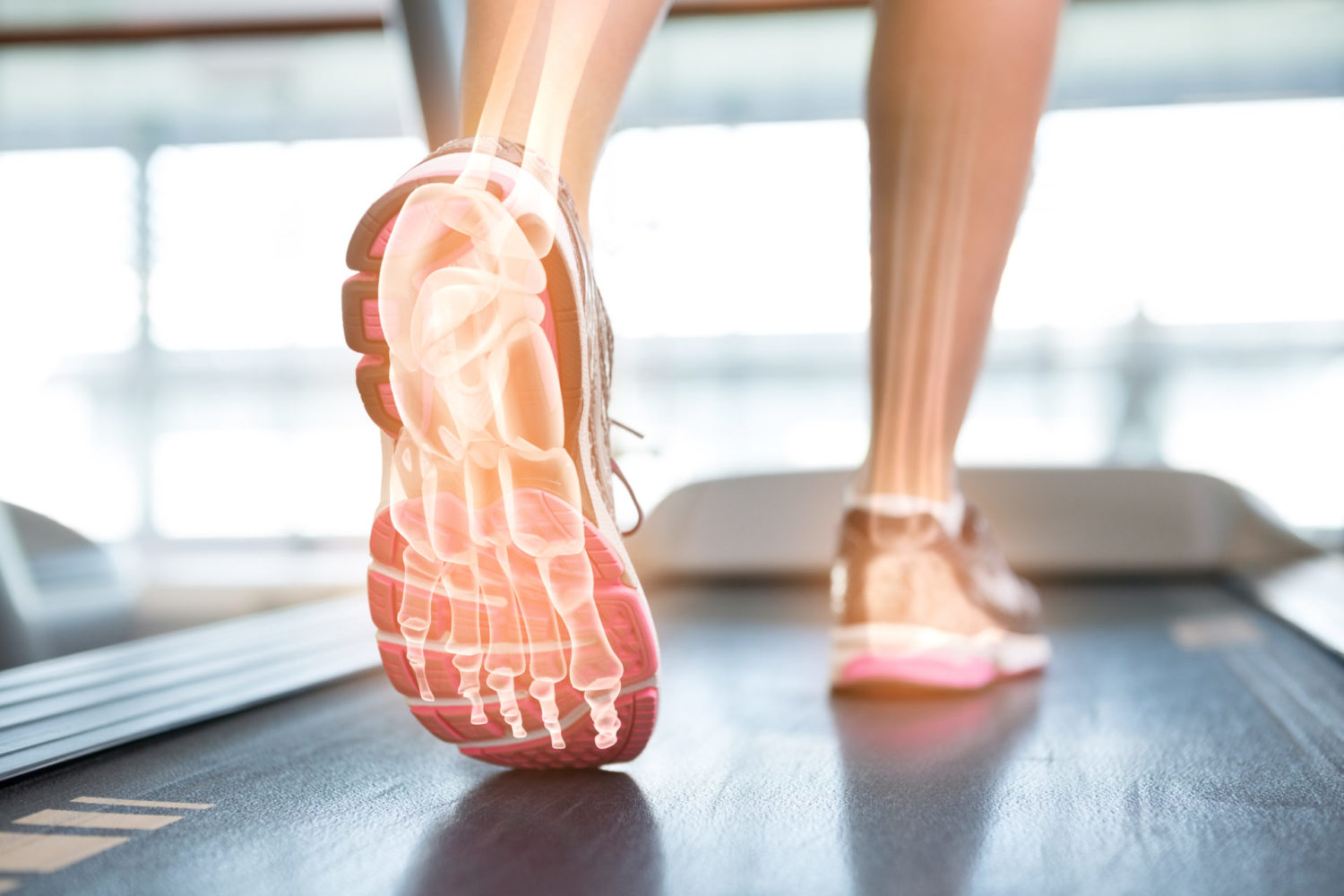
Whoa…why do my feet hurt so badly every morning? If you have been experiencing pain in the bottom of your heel for an extended period of time, you may have plantar fasciitis. Before worrying, there is good news! Plantar fasciitis is common and can be helped through physical therapy and other forms of treatment.
Before I go further, let’s get to the basics:
What is Plantar Fasciitis?
- Plantar fasciitis is quite common and is characterized by pain in the bottom of you heel while walking or standing, especially in the morning when getting out of bed. If you have plantar fasciitis, you’ve probably seen the same self-help treatments several times on different websites. The fact is that many of these treatments can be helpful, but they don’t always do the job.
Ok, so what’s the secret?
-
- This stretch below can be very helpful if you have tight calves. Your local physical therapist will be able to supplement these stretches with manual techniques aimed at improving your ankle joint mobility, which can improve it immediately . Many patients feel greater than 30% improvement in pain levels in less than a week.

- This picture shows me with my back to the wall, and my feet supported (in tennis shoes for foot support) on a slant board. Go ahead and watch your favorite tv show, catch up on social media- this exercise requires little distraction. I usually start out at 1-2 minutes and slowly progress up to 5-6 minutes over the course of 3 weeks. You want to make sure it doesn’t worsen your condition or cause pain anywhere else, so don’t push yourself too hard.
So, what about the foot pain?
As a physical therapist the most common thing I see in folks that have plantar fasciitis is impaired active dorsiflexion range of motion. Dorsiflexion is the movement of flexing your ankle and toes up toward you head. Your ability to complete this motion depends on several factors:
- Calf flexibility or tightness (both your gastrocnemius and soleus muscles).
- Ankle joint mobility (the ability of your ankle joint to move within the normal range).
- Lower leg strength (the muscles you use to complete the motion have to be strong in order to produce this motion).
The most common stretch you will probably find out there in order to help is the basic runner’s stretch. This can be helpful but is largely temporary in nature. In order for muscles to gain flexibility it takes much more than 30 seconds, 3 sets, twice a day. With that being said, you might be asking if there’s an easier solution. Unfortunately there is no “easy solution”, but the stretch shown above is one way you can stretch your calves to ensure the effect lasts longer and helps to relieve your pain.
Think you might have plantar fasciitis? Call your local Carolina PT clinic today and see what PT can do for you!
